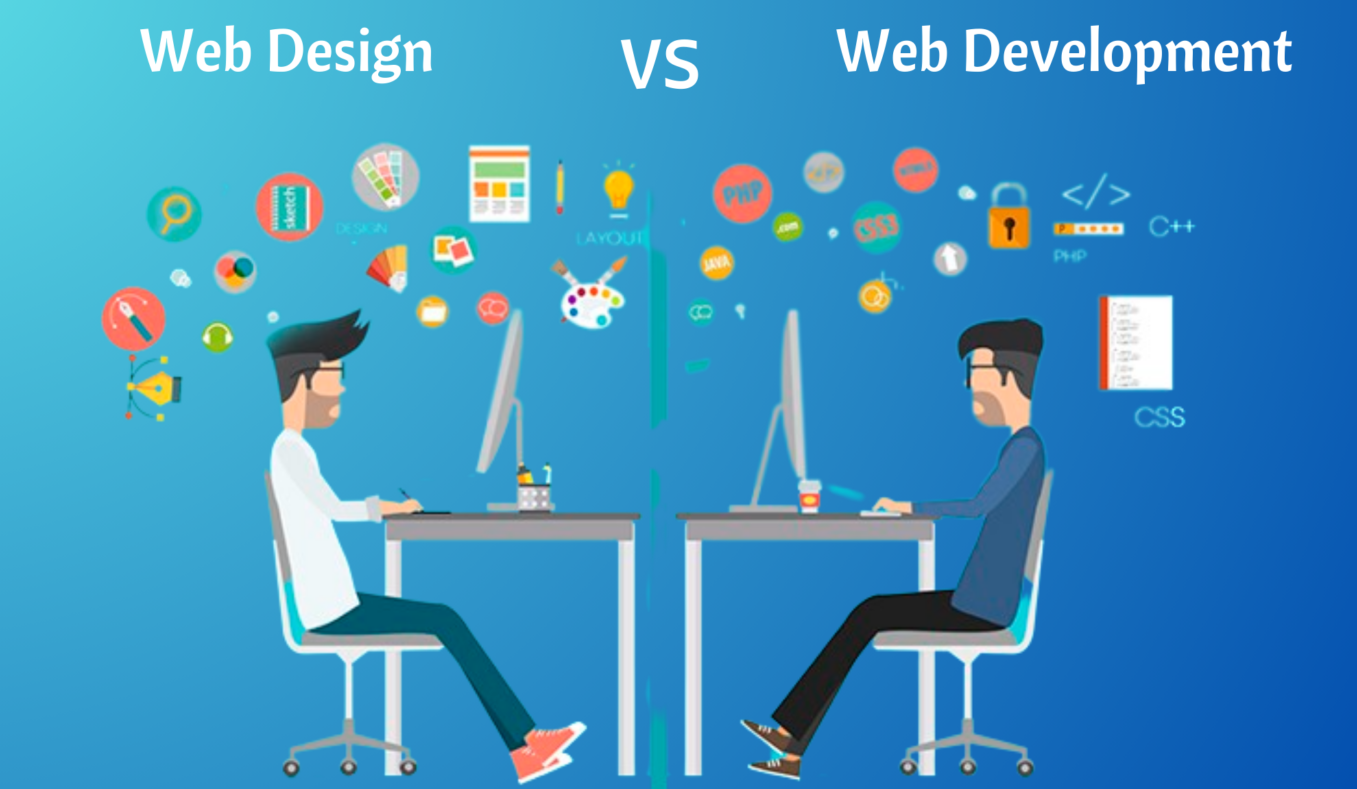What are other Graphic Designers Digital Careers that are of High Demand?
Graphic Designers are definitely in demand, and there are several reasons for this. First of all, the world is becoming increasingly digitalized which means that more and more people require information to be presented in a visually appealing way. Graphic Designers play an important role in making this happen by creating stunning designs for various types of media including websites, advertisements, brochures, and even product packaging.
Furthermore, graphic Design has become an essential skill for anyone who wants to pursue a career in marketing or advertising. Today’s consumers have high expectations when it comes to the visual presentation of brands and products alike, so a good graphic design can make all the difference. Graphic Design is important to marketing and selling products, and is a critical component of brochures and logos. Therefore, Graphic Designers, also referred to as graphic artists or communication designers, often work closely with people in advertising and promotions, public relations, and marketing.
Finally, as technology continues to evolve at remarkable speeds, there is always room for new innovative designs. So, if you’re interested in staying up-to-date with trends and developing your own unique style Eventually you will find that Graphic Design is one competitive field where doors open wide no matter what your qualifications may be!
What Graphic Designers Do?
Graphic Designers create visual concepts, using computer software or by hand, to communicate ideas that inspire, inform, and attract consumers. They develop the overall layout and production design for various applications such as advertisements, brochures, magazines, and corporate reports.
Duties of Graphic Designers
Graphic Designers typically do the following:
- Meet with clients or the art director to determine the scope of a project
- Use digital illustration, photo editing software, and layout software to create designs
- Create visual elements such as logos, original images, and illustrations that help deliver a desired message
- Design layouts and select colors, images, and typefaces to use
- Present design concepts to clients or art directors
- Incorporate changes recommended by clients or art directors into final designs
- Review designs for errors before printing or publishing them
Graphic Designers combine art and technology to communicate ideas through images and the layout of websites and printed pages. They may use a variety of design elements to achieve artistic or decorative effects.
Graphic Designers work with both text and images. They often select the type, font, size, color, and line length of headlines, headings, and text. Graphic Designers also decide how images and text will go together on a print or webpage, including how much space each will have. When using text in layouts, Graphic Designers collaborate closely with writers, who choose the words and decide whether the words will be put into paragraphs, lists, or tables. Through the use of images, text, and color, Graphic Designers can transform statistical data into visual graphics and diagrams, which can make complex ideas more accessible.
Frequently, designers specialize in a particular category or type of client. For example, some create the graphics used on retail products packaging, and others may work on the visual designs used on book jackets.
Graphic Designers need to keep up to date with the latest software and computer technologies in order to remain competitive. Some individuals with a background in Graphic Design become postsecondary teachers and teach in design schools, colleges, and universities. Some graphic designers may specialize in the field of experiential graphic design. These designers work with architects, industrial designers, landscape architects, and interior designers to create interactive design environments, such as museum exhibitions, public arts exhibits, and retail spaces. Graphic designers generally work in studios, where they have access to drafting tables, computers, and the software necessary to create their designs. Although many graphic designers work independently, those who work for specialized graphic design firms often work as part of a design team. Many graphic designers collaborate with colleagues or work with clients on projects.
Important Qualities for Graphic Designers
- Analytical skills: Graphic Designers must be able to look at their work from the point of view of their customers and examine how the designs they develop will be perceived by customers to ensure they convey the client’s desired message.
- Artistic ability: Graphic Designers must be able to create designs that are artistically interesting and appealing to clients and consumers. They produce rough illustrations of design ideas, either by hand sketching or by using computer programs.
- Communication skills: Graphic Designers must communicate with clients, customers, and other designers to ensure that their designs accurately reflect the desired message and effectively express information.
- Computer skills: Most Graphic Designers use specialized graphic design software to prepare their designs.
- Creativity: Graphic Designers must be able to think of new approaches to communicating ideas to consumers. They develop unique designs that convey a certain message on behalf of their clients.
- Time-management skills: Graphic Designers often work on multiple projects at the same time, each with a different deadline.
Careers Related to Graphic Designers
1. Art Directors
Art directors are responsible for the visual style and images in magazines, newspapers, product packaging, and movie and television productions. They create the overall design of a project and direct others who develop artwork and layouts.
2.Craft and Fine Artists
Craft and fine artists use a variety of materials and techniques to create art for sale and exhibition. Craft artists create handmade objects, such as pottery, glassware, textiles, and other objects that are designed to be functional. Fine artists, including painters, sculptors, and illustrators, create original works of art for their aesthetic value, rather than for a functional one.
3. Desktop Publishers
Desktop publishers use computer software to design page layouts for newspapers, books, brochures, and other items that are printed or published online.
4. Drafters
Drafters use software to convert the designs of engineers and architects into technical drawings. Most workers specialize in architectural, civil, electrical, or mechanical drafting and use technical drawings to help design everything from microchips to skyscrapers.
5. Industrial Designers
Industrial designers develop the concepts for manufactured products, such as cars, home appliances, and toys. They combine art, business, and engineering to make products that people use every day. Industrial designers consider the function, aesthetics, production costs, and usability of products when developing new product concepts.
6. Multimedia Artists and Animators
Multimedia artists and animators create animation and visual effects for television, movies, video games, and other forms of media.
7. Technical Writers
Technical writers, also called technical communicators, prepare instruction manuals, how-to guides, journal articles, and other supporting documents to communicate complex and technical information more easily. They also develop, gather, and disseminate technical information through an organization’s communications channels.
8. Web Developers
Web developers design and create websites. They are responsible for the look of the site. They are also responsible for the site’s technical aspects, such as its performance and capacity, which are measures of a website’s speed and how much traffic the site can handle. In addition, web developers may create content for the site. Learn More





